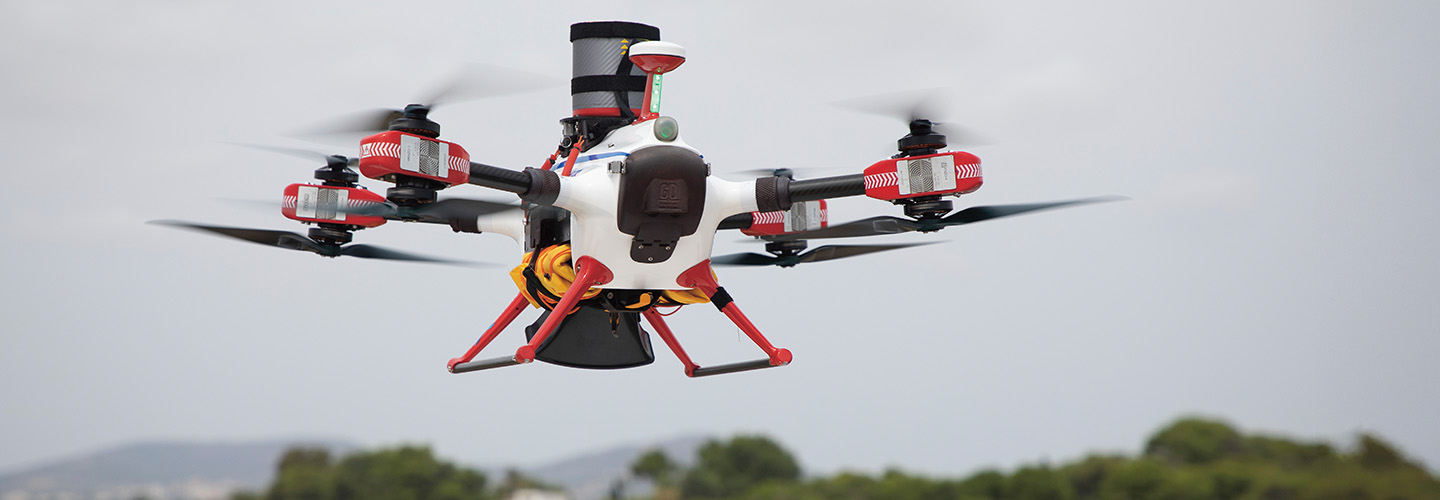shutterstock.com
On November 18, a suspicious drone was spotted flying over northern New Jersey. About 5,000 more sightings were reported in the following weeks. No one seemed to know who was flying the drones or why. People began to panic.
Government officials assured the public that there was nothing to fear. Still, drones, or unmanned aerial vehicles (UAVs), were temporarily banned in many towns. The incident raised questions about whether drones are a threat to privacy and safety.
In the U.S., more than 1 million drones are registered with the Federal Aviation Administration (FAA). Just under half are used by businesses. Others are used by the government. Hundreds of thousands of people also fly drones for fun.
The FAA sets rules for drone use. For example, drones must stay within the user’s sight. And they should not be flown near airports or emergency vehicles.
Critics say that with so many drones out there, it can be hard to monitor them. And some drone users ignore FAA rules or are not aware they exist.
But others say drones aren’t dangerous if used properly. Plus, they argue, drones are useful tools that quickly deliver lifesaving medical supplies, capture some aerial shots for movies, and help farmers monitor crops.

